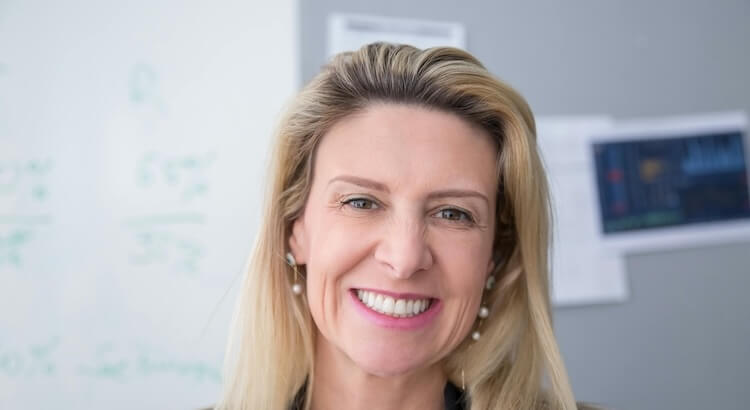How Transcription Services Enhance Accessibility in Education for Students with Disabilities
Today, schools and universities use technology to create a more inclusive learning environment. One important way they do this is through transcription services. These services help students with disabilities gain equal access to educational content. This article explains how transcription services support students with disabilities and why they are essential for accessible education.
Why Accessibility Matters in Education
Accessible education ensures that all students, regardless of ability, can participate and learn. It is not only a legal right but also a basic need for fairness. According to the National Center for Education Statistics, about 7.3 million students in American public schools had disabilities in 2021 (NCES, 2022). Providing accessible resources helps these students succeed in their studies and future careers.
Understanding Transcription Services
Transcription services turn spoken words—either live or recorded—into written text. In schools, this often means converting lectures, discussions, or educational videos into readable documents. Professional transcription services make it easier for students with disabilities to access course materials.
- Automated transcription uses artificial intelligence to create text from audio quickly.
- Human transcriptionists check for accuracy and context.
- Transcripts can be used with screen readers or other assistive technology.
Main Benefits of Transcription Services for Students with Disabilities
1. Improved Access to Learning Materials
- Deaf and hard-of-hearing students can read instead of listen to lectures.
- Students with visual impairments can use screen readers on written transcripts.
- Text materials allow people with dyslexia to follow content at their own pace.
2. Better Comprehension and Retention
- Students can review transcripts multiple times for better understanding.
- Having a written record helps students take clear notes and study more effectively.
- Research shows that reviewing text alongside audio improves learning for many students (Journal of Special Education Technology, 2021).
3. Greater Participation and Independence
- Students can follow class discussions or lectures in real-time using transcripts.
- Transcripts empower students to be more active in group projects and class activities.
- Written text provides flexibility for learning both in class and at home.
4. Personalized Learning Options
- Transcripts can be changed for larger fonts, high-contrast colors, or different languages using text translation services.
- Transcribed text is easy to search for keywords or topics, helping students find what they need quickly.
- Students can listen to audio, watch videos, or read text—choosing what works best for their learning style.
5. Supporting Multilingual and International Students
- Transcriptions can be translated into different languages, making classes more accessible to international students.
- Services like audio translation support students who are English language learners.
How Schools Can Use Transcription Services
Educational institutions must plan and invest in accessibility to meet students’ needs.
- Select reliable transcription solutions—both automated and human-verified options.
- Train staff and teachers on using transcripts in lesson plans and teaching strategies.
- Gather feedback from students on what formats and services help them most.
Many schools also use closed captioning and subtitling services for educational videos, further widening access.
Quality and Cost Considerations
Not all transcription is equal. Accuracy and turnaround times are important for fast-paced educational settings.
- Transcription proofreading services ensure transcripts are error-free.
- AI transcription subscriptions offer a budget-friendly way to create large volumes of text quickly.
- Check transcription pricing and captioning pricing to manage budgets effectively.
How Students and Educators Can Get Started
- Students can request transcripts for lectures and audio materials.
- Teachers can assign transcription orders online directly from their teaching platforms.
- Institutions should offer easy ways to order captions and subtitles for video content.
Conclusion: Making Education Inclusive for All
Transcription services play a key role in making education fair and accessible for students with disabilities. They break down barriers by providing text versions of audio and visual materials. This support helps students learn independently, review material as needed, and participate in class with confidence.
Schools that invest in services like those from GoTranscript create more inclusive and supportive learning environments. With professional transcription services, automated solutions, and cost-effective subscriptions, GoTranscript offers tailored solutions for educational accessibility needs. Choose GoTranscript to ensure your educational content is accessible to every student.



















 Verified Order
Verified Order